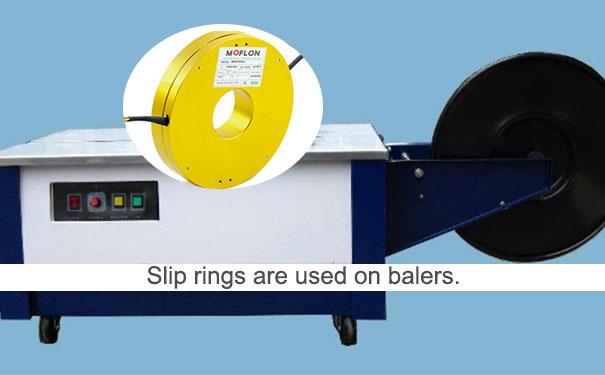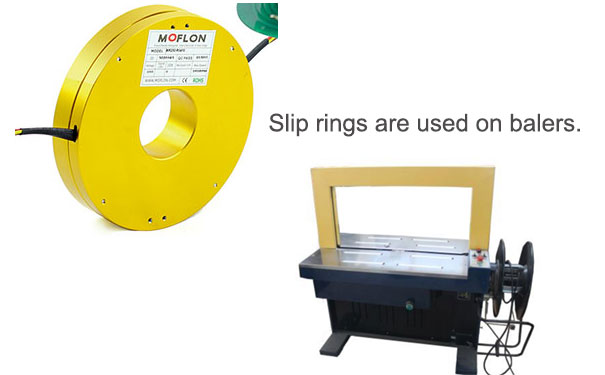Time and again, slip rings have turned out to be of immense significance in every industry. However, the usage of a slip ring even extends to the packaging industry too. In the modern day, these mechanisms have donned the packaging applications too, where every bit of the workload is taken charge off.

While we talk about the function of slip rings in the modern packaging industry, we can barely miss out how versatile they are right from processing carton boards to the bulk packing of cement bags and the likes.

what are slip rings exactly?
Slip rings have been embraced with open arms in the electric industry a few decades back. In the packaging industry, they have found prominence over 30 years back. These electromechanical devices enable electric signal and power transmission from one component to the other.
However, this transmission happens between a rotating component to a stationed component or vice versa. This is what differentiates them from conventional stacked cable usage. In general, cables will offer only a few rotations before they fail to work. However, in case of a slip rings, they would offer unlimited rotations throughout the life of the device or until the natural wear-and-tear and depreciation takes away the working condition.
Majority of the slip ring assemblies rely on similar setups. They consist of a brush or metal contact or a stationed graphite which is constantly in contact with and rubs against the outer diameter of the metal ring that rotates. And this is how constant supply and transmission of signals and data is possible with the usage of wires and cables.
Versatility of slip rings in the packaging industry
The versatility of slip rings is now used in the said industry by the machine operators to work across a very wide spectrum of the applications. To start things off, they transmit encoder signals and power in winders and rewinders which are used to laminate cartons.
Apart from this, they are also used for heat-sealing of the packets of various products, besides being found in tobacco processing plants.
However, such versatility can only be achieved if the slip rings set up is used in the correct specification, something that is very critical. Plus, the type of slip ring and components to be used will ultimately be based on many factors that are indispensable to be considered.
Some type of slip rings which can be considered here
Mercury-wetted: These types of slip rings have a very low resistance and allow a stable connection. However, their setup includes a pool of liquid metal instead of a sliding contract having a brush. During their processing, it is the liquid metal that holds the power and data signals between the rotor and stator.
Carbon to copper: Carbon-to-copper slip rings are made for the applications that have a very high rotation of around 3,000 RPM.
Pancake rings: pancake slip rings have a flat concentric ring or disc with the conductors arranged over it. They have a greater size and weight but more capacitance and better brush wear.
